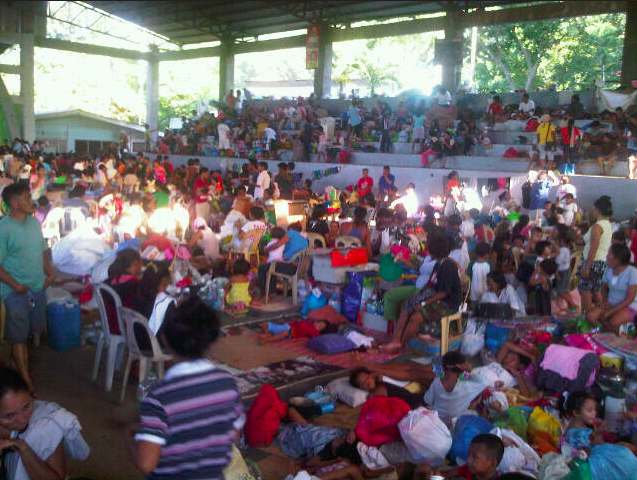An open letter to the President
Dear Mr. President,
As of this writing, you have already visited the devastated areas of Cagayan de Oro, Iligan and Dumaguete and relief efforts by the government are in full swing. For that I am happy, knowing that this meant a lot for the Sendong victims who needed to see you.
So what am I writing this open letter for?
Because, Mr. President, whether we like it or not, this won’t be the last storm to hit us and with so many areas identified as flood-prone, compounded by climate change, it won’t also be the last time your leadership will be called to fore.
Mr. President, the wheels of your agencies may immediately go into action during natural disasters but I am afraid that that alone is not enough. We need to FEEL that you are one with us. That means being seen and heard at the onset of a crisis.
“Where is the President?”
This was a question so many people, online and offline, were asking last December 17. It was a natural question. When there is a crisis, everyone looks to the leader for direction as well as assurance. In a crisis, it is definitely not the time for the President of a nation to stay behind the scenes in the first crucial hours. It is a time to be visible and to be heard.
The Presidency has so many communication resources behind it. You were briefed by the National Disaster Risk Reduction and Management Council (NDRRMC) on the first day of the disaster. Information would still have been naturally scarce in the early hours. But even if information was still trickling in and the extent of the disaster was not yet clear, how hard was it to go on air (on government TV and/or on radio), on that very same day? How difficult was it to issue a preliminary statement that you just got wind of the disaster and that you had put all the resources of your agencies into rescue, recovery, and relief? At a time when we needed assurance that our President was in control and in charge, we only heard what you were doing through your spokespersons. Not that there is anything wrong with spokespeople. But in a crisis, we want to hear and see YOU. Empathy cannot be delegated.
Those first few hours after a disaster are when emotional support and assurance of help need to be communicated PERSONALLY. It is the greatest opportunity for a President to reassure a suffering citizenry that help is coming and to give them the strength of spirit till it actually gets there. In the case of the Sendong calamity, it would also have been effective in galvanizing the rest of us into action to help. As it turned out, a lot of the relief efforts last December 17 started on Facebook and Twitter via private initiatives.
In one previous situation involving a typhoon-ravaged area up north, I heard the explanation that your going to a disaster area could divert resources needed for relief efforts. Maybe it was a logical decision, but it definitely lacked compassion. Not everything is about logistics and resources, Mr. President.
People remember most the faces of family, friends, and strangers who condole with them. How much more precious it is to have your President personally acknowledge your plight, come to your disaster-stricken area, and show he is commiserating with you – not a week after, not several days after, but almost right away. If you are a President capable of swiftly acting on corruption issues you can also be a visible President in the light of widespread suffering and devastation.
There is only a small window of opportunity; the longer your response time, the greater the speculations – Does he care? Is he on top of the situation? Is he a crisis leader?
In this blog I found on the web, the 6 qualities of a good crisis leader are enumerated: caring, communication, decisive, integrity, presence and trust. Without a doubt, you are high up in the integrity and trust departments. You are probably somewhere high up too in the decisive area although a lot of times these decisions are behind the scenes. But…what about communication (speaking to the nation in a time of crisis and loss), caring (immediate reaction to and commiseration with victims) and presence (just being where the crisis is to show everyone that you’re on top of the situation)?
Maybe you naturally do not like broadcasting your presence. Or maybe you are not comfortable dealing with grief (not to worry, most people are uncomfortable talking with grieving people). But these do not take away the fact that you are the President of this country. Govern not just with a mind but with a heart.
Mr. President, we may be your ‘boss’ but we are also your ‘children. You are not just a graft buster with “Matuwid na Daan”; we need you to be a solid anchor in times of crisis and disaster. Your administration has gone through several challenges very early on and in most of those situations, the citizenry ended up asking where you were in the initial hours.
The world’s nations are now dealing with crises of all kinds – manmade, economic, and natural. The Philippines is not spared. Show us what your crisis leadership is really all about.
Photo: “Philippines floods 2011: Evacuees fill an entire public gymnasium” by Oxfam International, c/o Flickr. Some Rights Reserved

